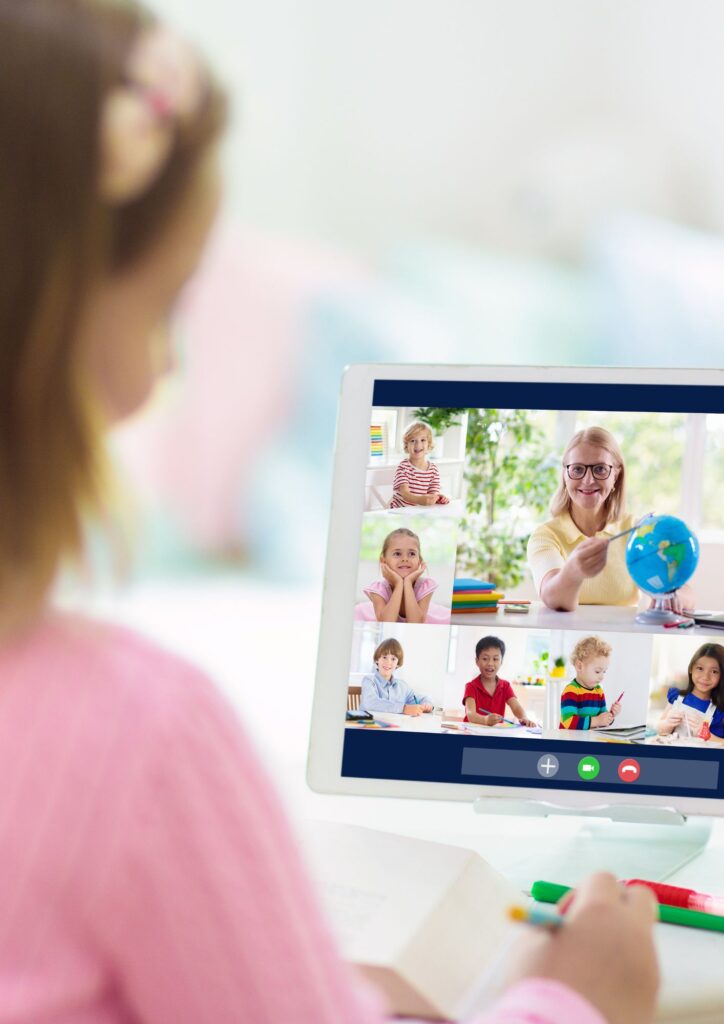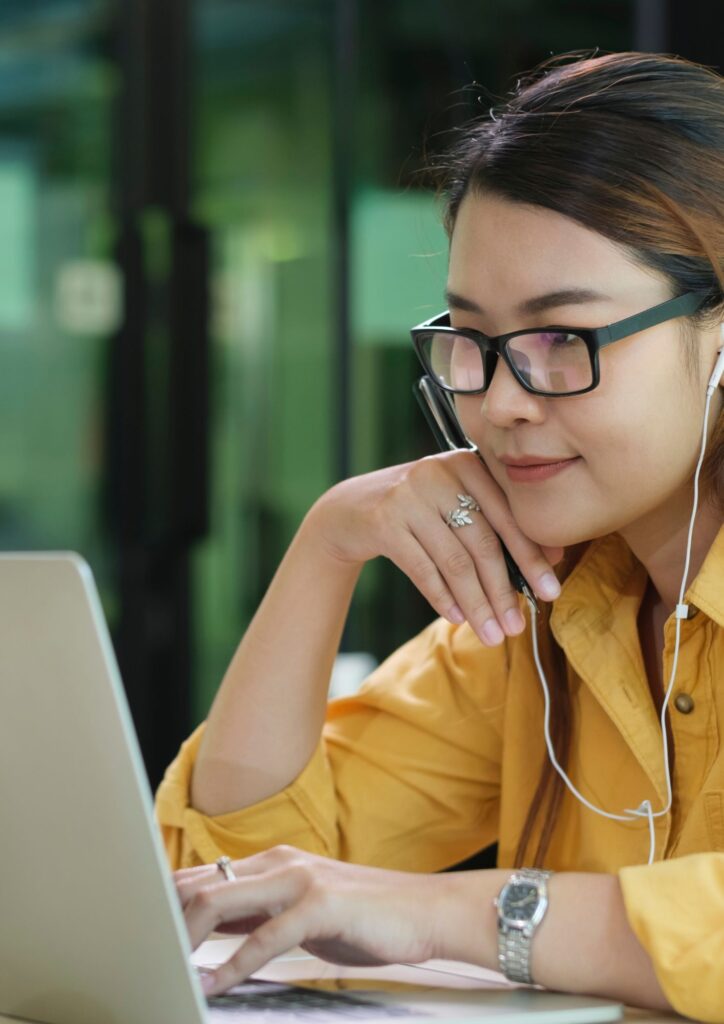
Remote learning has undeniably reshaped the educational landscape, presenting a fascinating paradox:
Students are physically “unplugged” from traditional classrooms yet more “plugged in” than ever to digital tools and platforms.
This duality lies at the heart of the remote learning experience.
offering both unparalleled flexibility and unique challenges that demand a nuanced understanding.
As we delve deeper into this evolving mode of instruction,
it becomes clear that remote learning is not merely a temporary solution
but a significant shift in how we impart and acquire knowledge.
The Dual Nature of Disconnection and Connection
The “unplugged” aspect of remote learning refers to the physical detachment from the conventional school environment. Gone are the daily commutes, the bustling hallways, and the fixed classroom schedules.
This liberation from physical constraints can be incredibly empowering, allowing learners to tailor their study environment to their individual needs.
For some, this means a quiet corner in their home, free from distractions,
while for others, it’s the ability to access educational content from anywhere
with an internet connection, be it a coffee shop, a library, or even another country.
This freedom can foster greater autonomy and self-directed learning,
as students take ownership of their educational journey in a way that traditional settings might not always facilitate.
Remote learning necessitates a deep reliance on technology. Laptops, tablets, smartphones, robust internet connections, and a myriad of software applications become the new classroom essentials.
This digital immersion opens up a world of resources previously unimaginable,
from virtual labs and interactive simulations to vast online libraries and global communities of learners.
The accessibility of information and the ease of communication
in the digital realm are central to the effectiveness of learning.
Crafting an Empowering Remote Learning Experience: A People-First Approach
At the core of successful learning remotely lies a “people-first” approach, prioritizing the well-being, engagement, and
individual needs of learners, educators, and families.
This philosophy moves beyond simply delivering content online to creating a supportive and effective ecosystem for all involved.
Prioritizing Learner Well-being and Engagement
For students, the transition to remote learning can be profound. It’s crucial to acknowledge the emotional and social aspects alongside the academic ones. Building a sense of community, even virtually, is paramount.
This can be achieved through regular check-ins, interactive online discussions, and opportunities for peer-to-peer collaboration.
Educators play a vital role in creating an engaging online environment that fosters curiosity and active participation, not just passive consumption of material.
Utilizing diverse instructional methods, such as flipped classrooms, project-based learning, and gamification, can keep students motivated and reduce screen fatigue.
Regular, constructive feedback is also essential, allowing students to understand their progress and areas for improvement, mimicking the personalized attention they might receive in a physical classroom.
Empowering Educators with Tools and Support
Effective remote learning hinges on well-prepared and supported educators. Provide comprehensive professional development, tech access, and recognition. Empower them!
Supporting Families as Key Partners
For families, remote learning can introduce new dynamics and responsibilities. Clear communication from educational institutions is key, outlining expectations, schedules, and available resources.
Providing guidance on how to create a conducive learning environment at home, manage screen time, and support their children’s emotional well-being during remote study is invaluable.
Establishing clear policies, providing accessible technical assistance, and fostering open lines of communication contribute significantly to building this trust.
This is particularly important when considering additional opportunities, such as after-school enrichment programs, which rely heavily on an established reputation for quality and reliability.

Looking Ahead: The Enduring Impact of Remote Learning
As we move forward, remote learning is poised to continue its evolution, likely integrating more seamlessly into hybrid models that blend the best of both virtual and in-person instruction.
The initial “unplugged, plugged in” paradox will persist, but our understanding and mastery of it will deepen.
The lessons learned during the widespread adoption of remote learning, particularly around adaptability, resilience, and the critical role of technology, will undoubtedly shape the future of education.
By prioritizing people, leveraging expertise, and building trust, remote learning can fulfill its promise of providing accessible, engaging, and high-quality educational experiences for all.
The journey of remote learning is far from over; it is continuously evolving, shaping a more flexible and globally connected future for education.

I’m Ethan Richards, the guy running the show at “Acknowledgment Templates.” I’ve been playing with expressions and formats to make acknowledgment writing a whole lot of fun. Over at Acknowledgment Templates, we’re here to make your acknowledgment section incredible. Let’s add some professionalism and gratitude to your project together!



